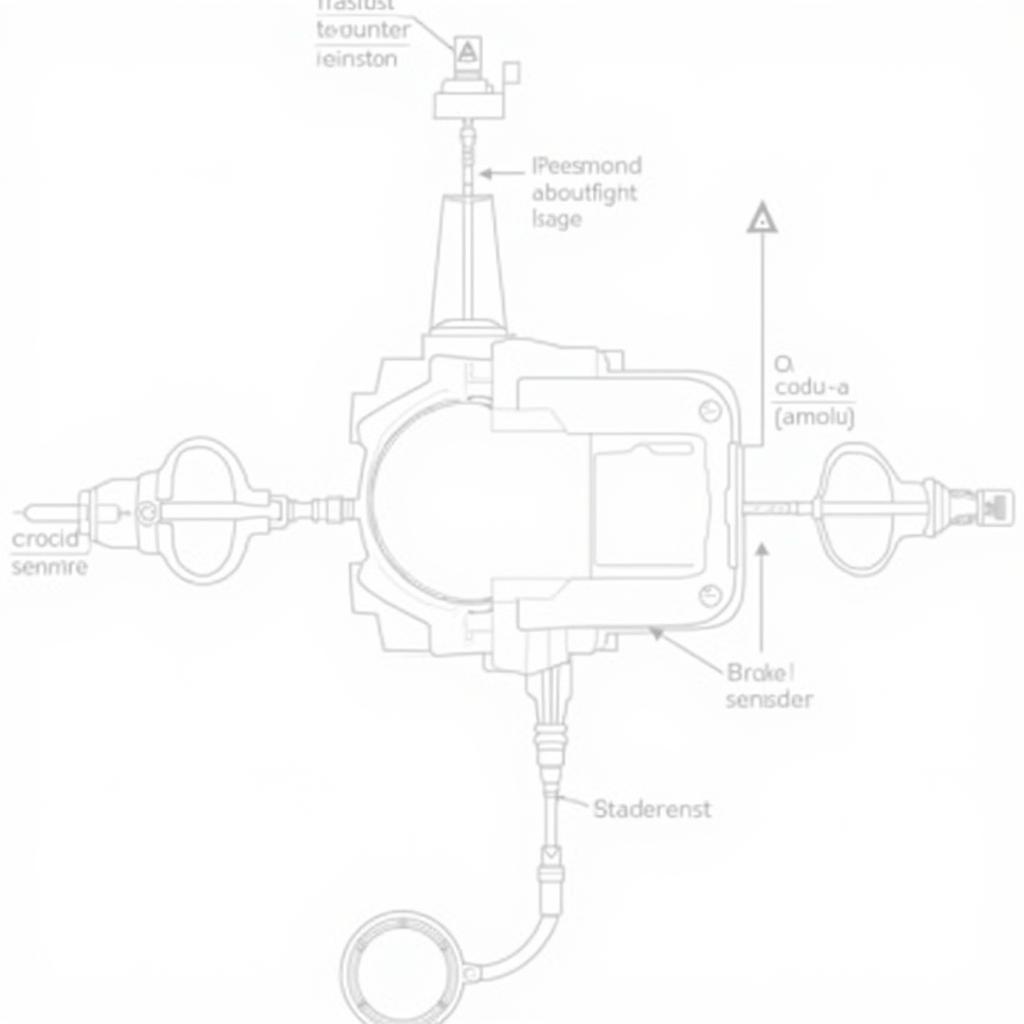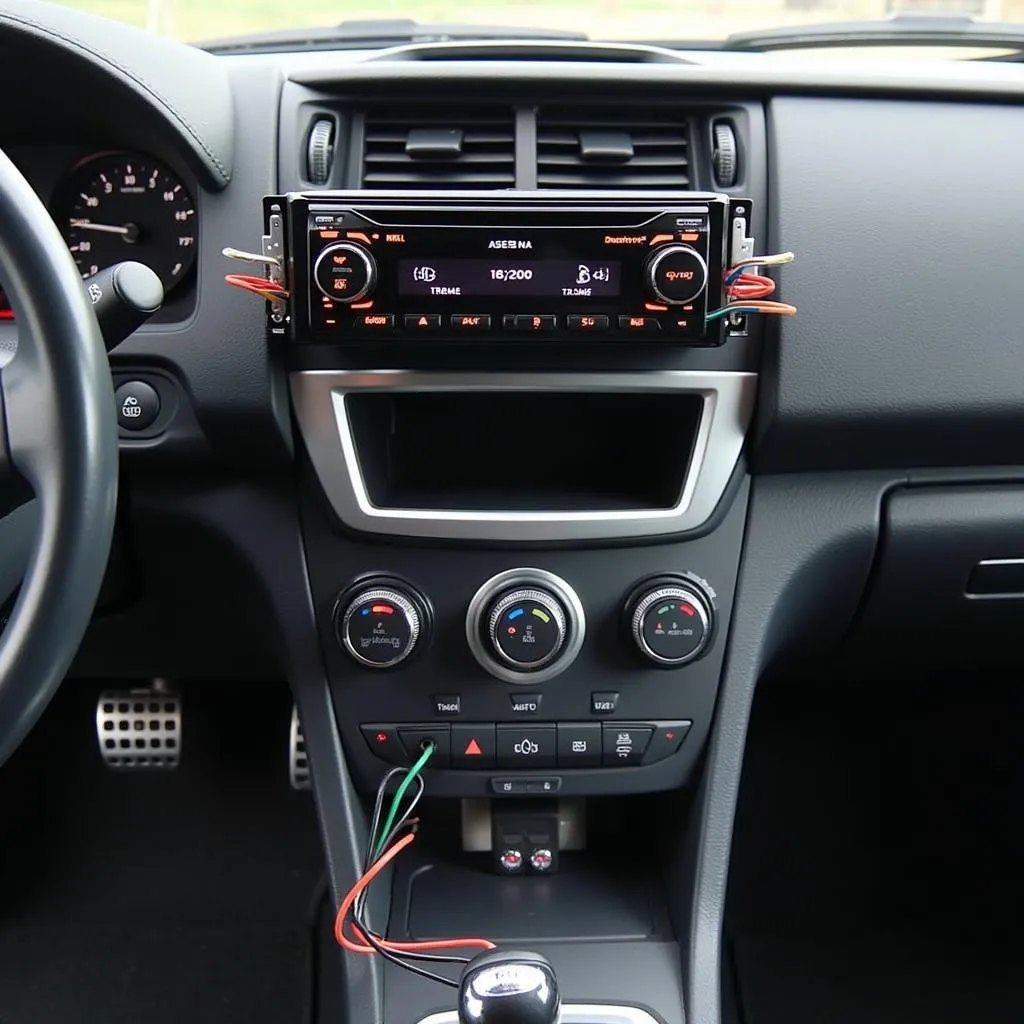You’re driving down the road, everything seems fine, then you hear it – that annoying buzzer going off in your 2002 International 4700. You check your gauges and see the dreaded “low brake pressure” warning staring back at you. But where is that buzzer located? And what can you do to silence it for good? This comprehensive guide is here to answer those questions and get you back on the road with confidence.
Common Causes of Brake Pressure Warnings in International Trucks
Before we dive into the buzzer’s location, it’s essential to understand the potential reasons behind your brake pressure woes. A drop in brake pressure can stem from several culprits, ranging from minor issues to more serious problems:
-
Worn Brake Pads: Just like any vehicle, your International 4700 relies on brake pads to provide stopping power. Over time, these pads wear down, reducing the hydraulic pressure in your braking system and triggering the warning.
-
Brake Fluid Leaks: Leaks within the brake lines, hoses, or calipers can lead to a significant drop in brake fluid, directly impacting your braking performance and activating the warning system.
-
Faulty Brake Pressure Sensor: The brake pressure sensor acts as the eyes of your braking system, monitoring the pressure and sending signals to the dashboard. A malfunctioning sensor might provide inaccurate readings, leading to false warnings.
-
Air in the Brake Lines: Air bubbles in your brake lines can compress, causing a “spongy” brake pedal feel and reduced pressure. This is a serious issue that requires immediate attention.
-
Master Cylinder Problems: The master cylinder plays a crucial role in converting your foot pressure on the brake pedal into hydraulic pressure. If the master cylinder fails, it can lead to a loss of brake pressure and trigger the warning.
 Brake System Diagram
Brake System Diagram
Locating the Brake Pressure Warning Buzzer
Now, let’s get to the heart of the matter: pinpointing that elusive buzzer. In many 2002 International 4700 models, the brake pressure warning buzzer is often located behind the instrument cluster.
Here’s a general guide to help you access it:
-
Disconnect the battery: Before working on any electrical components, always disconnect the negative battery cable to avoid potential electrical shorts.
-
Remove the instrument cluster bezel: This typically involves gently prying off plastic trim pieces surrounding the instrument cluster.
-
Carefully extract the instrument cluster: There might be screws or retaining clips holding the cluster in place. Refer to your vehicle’s service manual for specific instructions.
-
Locate the buzzer: The brake pressure warning buzzer is a small, cylindrical device, often black or gray, with wires connected to it. It’s usually mounted near the back of the instrument cluster.
 Instrument Cluster Removal
Instrument Cluster Removal
Word of Caution: If you’re not comfortable working with electrical components or disassembling parts of your dashboard, it’s best to consult a qualified mechanic. They have the experience and tools to safely diagnose and address any brake system issues.
Addressing the Root Cause of the Warning
While you might be tempted to simply disconnect the buzzer to restore peace and quiet, it’s crucial to remember that the buzzer is merely a symptom of a potentially serious underlying problem.
Here’s a breakdown of potential solutions based on the common causes:
-
Worn Brake Pads: Replace the brake pads and potentially the rotors if they show significant wear.
-
Brake Fluid Leaks: Identify and repair any leaks in the brake lines, hoses, or calipers. This often involves replacing damaged components and refilling the brake fluid.
-
Faulty Brake Pressure Sensor: Test the sensor for proper operation. If it’s faulty, replace it with a new one.
-
Air in the Brake Lines: Bleed the brake lines to remove any trapped air. This procedure requires specialized tools and knowledge.
-
Master Cylinder Problems: If the master cylinder is faulty, it needs to be rebuilt or replaced.
Preventive Maintenance: Keeping Your Brakes in Top Shape
Prevention is always better than cure, especially when it comes to a critical safety system like your brakes. Here are some preventative measures to keep your International 4700’s brakes in top condition:
-
Regular Brake Inspections: Inspect your brakes regularly, ideally every 12,000 miles or as part of your routine maintenance schedule.
-
Timely Brake Fluid Flushes: Flush your brake fluid every 24,000 miles or as recommended by your vehicle manufacturer. This helps maintain optimal fluid condition and prevent corrosion within the system.
-
Pay Attention to Warning Signs: Never ignore warning lights or unusual noises coming from your brakes. Address any issues promptly to prevent them from escalating into major problems.
 Brake Pad Inspection
Brake Pad Inspection
Conclusion: Don’t Ignore the Warning Signs
Finding the brake pressure warning buzzer in your 2002 International 4700 is just the first step. The real key is to address the root cause of the warning to ensure your braking system is in optimal working order. Remember, a properly functioning braking system is paramount for your safety and the safety of others on the road.


